V The Hierophant
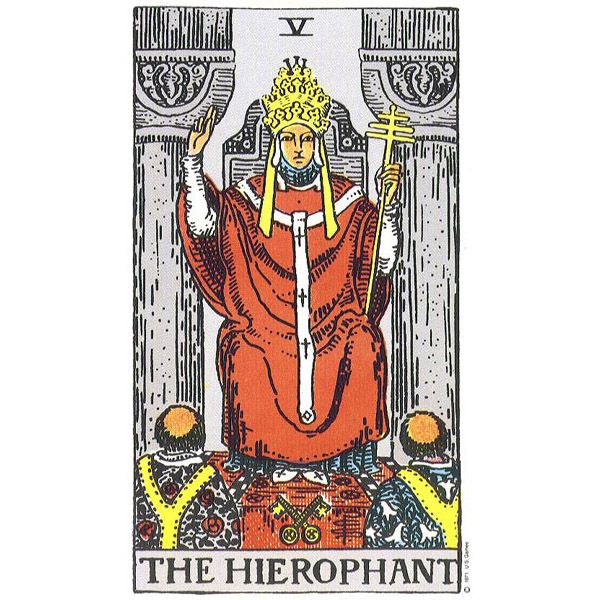
From archetypes of Father and Society we now move to The Hierophant which is the last card in this middle, three-card transitionary section of the first row of the Tarot’s Major Arcana.
The Hierophant represents doctrine, a set of societal beliefs and our submission or responsibility thereto. These beliefs are most often religious or educational. Coming into contact with this knowledge and taking it in, is a mediated experience of the divine. Here the priest or priestess talks to God and interprets the messages for us. For some people, that’s just great. They’re happy for someone else to talk to God or Goddess and take their messages indirectly.
Looking at the three cards in this middle, transitional section of the first row of the Major Arcana, we see that The Empress, representing nature, provides for our material needs which support life itself, The Emperor provides structure in which society and civilization can flourish, and The Hierophant provides for our spiritual and intellectual needs.
As far as the symbolism in the card goes, we again see two pillars. In The High Priestess the two pillars represented the portal to our own subconscious, which we glimpse beyond the veil. Here the two pillars represent a gate to doctrine. There is nothing to see beyond these pillars. The doctrine is right out in front. We can understand it consciously. There is no subconscious “beyond” aspect, as in The High Priestess. We’re not intuiting or sensing our own inner wisdom here. Here we learn the doctrine, taking in knowledge from outside ourselves, but from within our society.
This archetype represents a portal of knowledge, hence the symbol of the two keys at the bottom of the card. They unlock this portal. Sometimes these keys are shown as silver and gold. One represents the inner way and one represents the outer way. We unlock this body of knowledge, which first exists outside ourselves, with one key. Then this knowledge unlocks something within us with the other key. In the Rider-Waite deck both keys are gold. But that’s the idea of the two keys.
The positioning of the priest and the initiates forms a triad. One has a a blue robe like the High Priestess. One has a red robe like the Magician. Together they represent the dualistic nature of society and, in the triad structure, how these dualities, or opposed poles, are held together and stable, when they are brought together under this doctrine. They are not resolved or neutralized. The polarities still exist but they are held in, or rather submit to, a stable union under the doctrine. The doctrine bring people with the varying ideas together and creates a space in which they can coexist.
Here the societal doctrine represents a framework for our own personal development and spiritual awareness. It provides the groundwork for our own personal growth.
In all three of the cards in this middle, transitional section, we have submitted. We submit to nature, we submit to the laws and structure of society, and we submit to the doctrine and teachings of our society. With those foundations in place, and with the inner growth and personal development that comes from The Hierophant, we are ready to exert our own independence within the sphere of The Lovers.
And that’s the card we’ll look at next time.

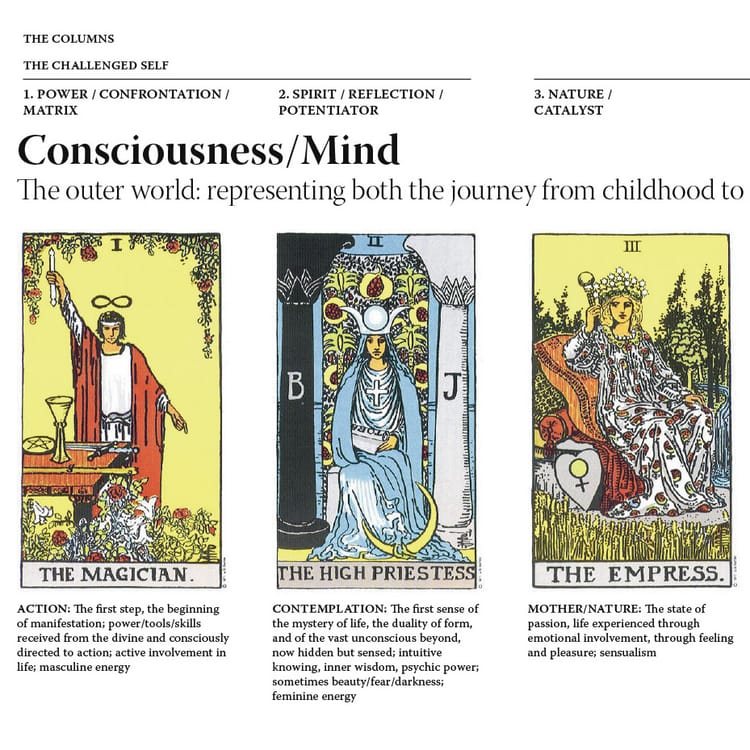
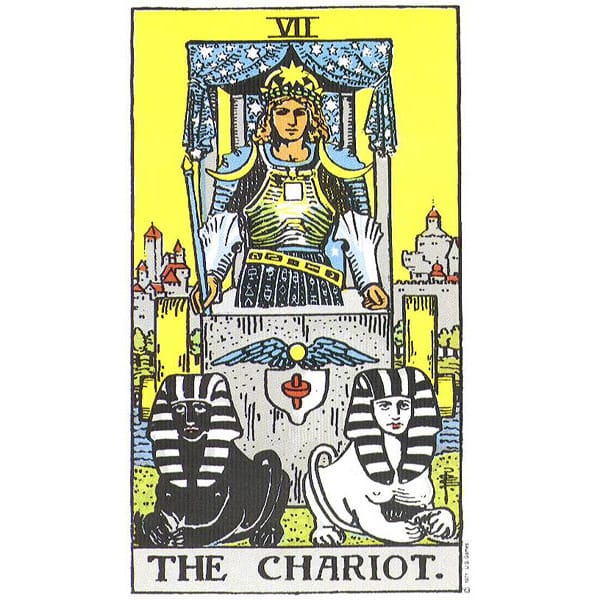
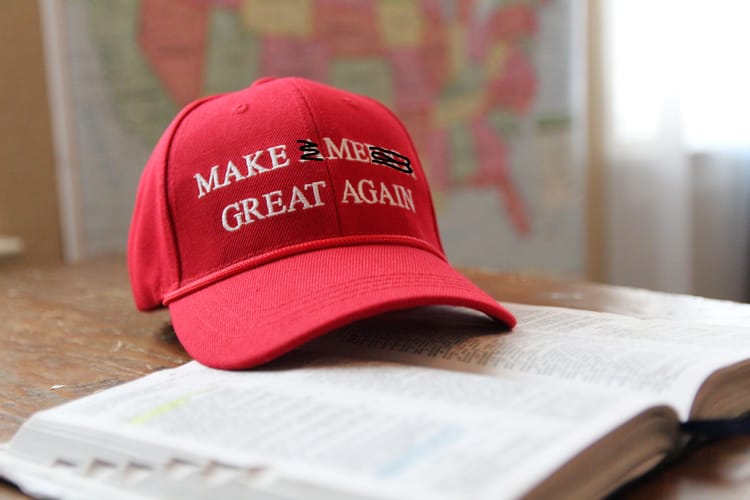
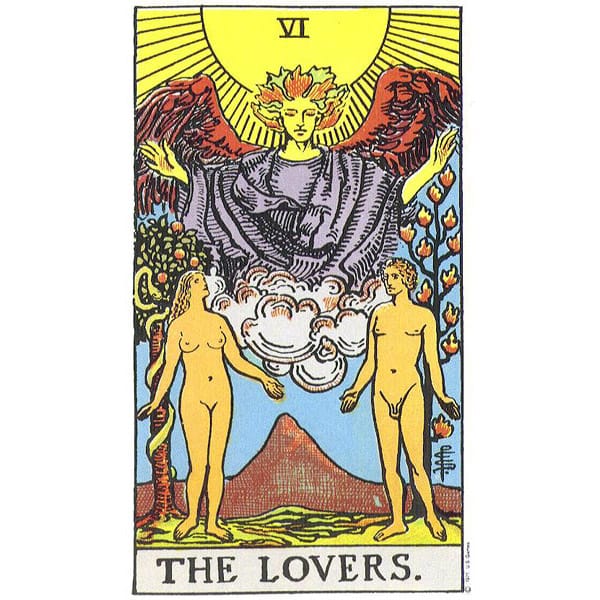
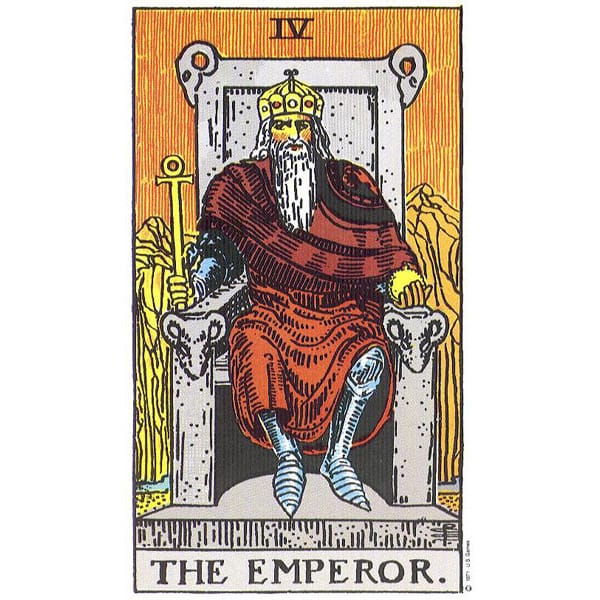
Member discussion